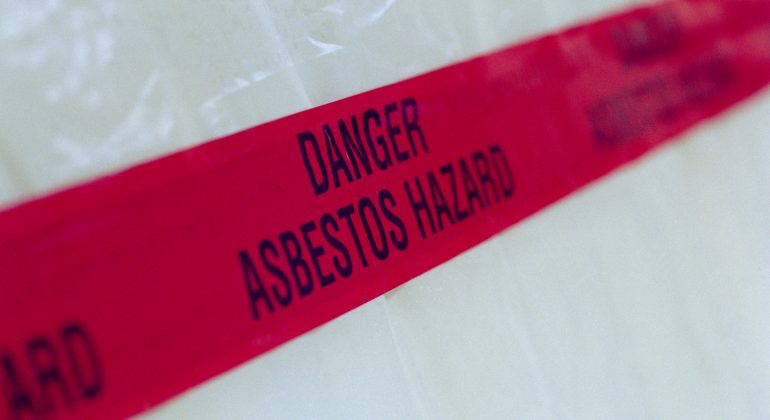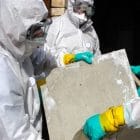The symptoms to look out for if you’ve been exposed to asbestos
Asbestos has an interesting reputation: most people know that it is bad to have it in a building, and needs removing. However, there tends to be less understanding about how and when it is dangerous, what to do if you are exposed to it, and why it is bad in the first place. At Ryno’s, knowing these answers is part of the core value we provide, ensuring only the most safe and secure removal of asbestos through understanding the fibrous material and how it works. If, however, exposure has occurred before we’ve been able to do that, it’s important to keep a close eye on the symptoms of asbestos contact and seek medical attention immediately.
“How do I know if I’ve been exposed to asbestos?”
Often, you won’t know until the asbestos has been discovered or exposed. However, it’s important to know how asbestos works in terms of dangerous exposure, and when you should and shouldn’t be concerned.
Asbestos is a naturally occurring fibrous mineral composed of crystals. Each fibre is composed of microscopic fibrils that, when released, are dangerous and even deadly. However, if the fibrils have not been released (so, the asbestos is retained in the spot it was installed and has not been interrupted), it is not yet dangerous to you or anyone who has been close to it. However, the risk of danger is there should anything happen to create an abrasion.
Typically, you’ll be aware of being close to dangerous asbestos materials because the abrasion would likely have occurred in your presence. In this instance, it’s important to act fast on removal of the asbestos, to monitor symptoms and to be checked medically.
“What symptoms should I look out for if I’ve been exposed to asbestos?”
The level of harm and severity of symptoms scales with your exposure. A one time exposure may cause very little, if any, serious risk to your health, unless in the instance of a toxic dust cloud where you may have inhaled a significant amount in a short period.
The biggest danger from asbestos is it being inhaled or ingested. Topical contact, however, can cause symptoms such as:
- Skin irritation
- Calluses and corns
- Rash
It cannot be absorbed through the skin, though if it is on your hands you risk transferring it to your mouth and nose, where ingestion can occur.
If you have inhaled asbestos, and have potentially contracted an asbestosis, you may experience all or some of the following symptoms:
- Dry, persistent cough
- Shortness of breath
- Tightness in the chest
- Crackling sound in the lungs when you breathe
- ‘Clubbing’ of fingertips and toes, where they are flatter and rounder than normal
Additionally, asbestos-related cancer, mesothelioma, can cause:
- Abdominal swelling
- Abdominal fluid build up
- Bowel obstructions
- Fatigue
- Loss of appetite
We cannot emphasise enough the importance of seeking professional medical care in the instances of inhaling or ingesting asbestos.
If you believe there is risk of asbestos exposure, or asbestos being present in your home or other dwelling, call Ryno’s immediately for the safe, permanent and legal removal of asbestos.






